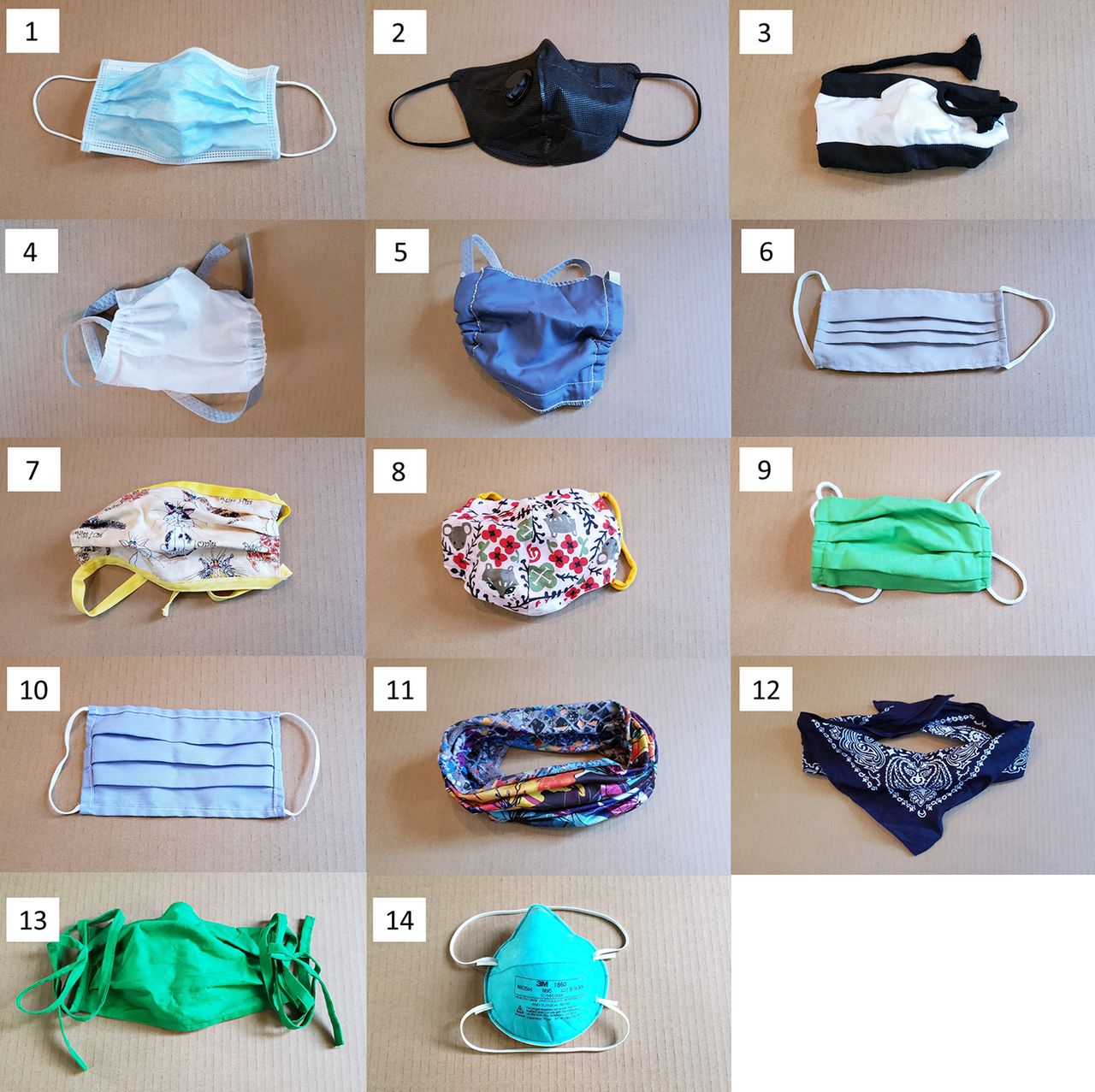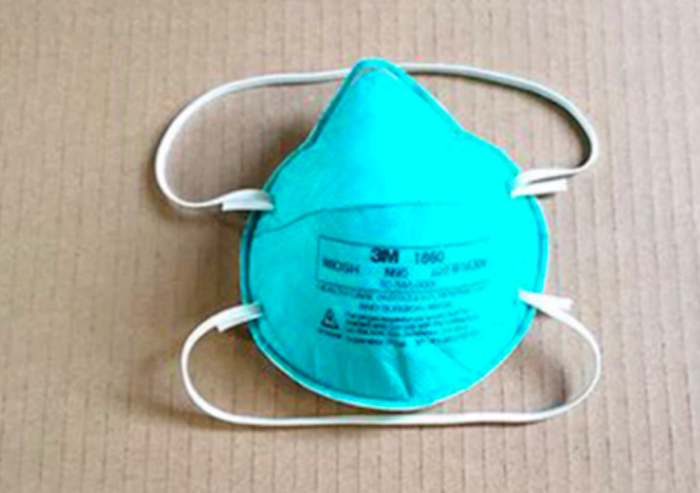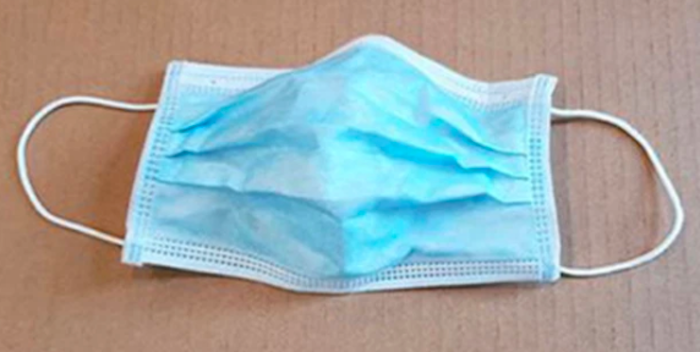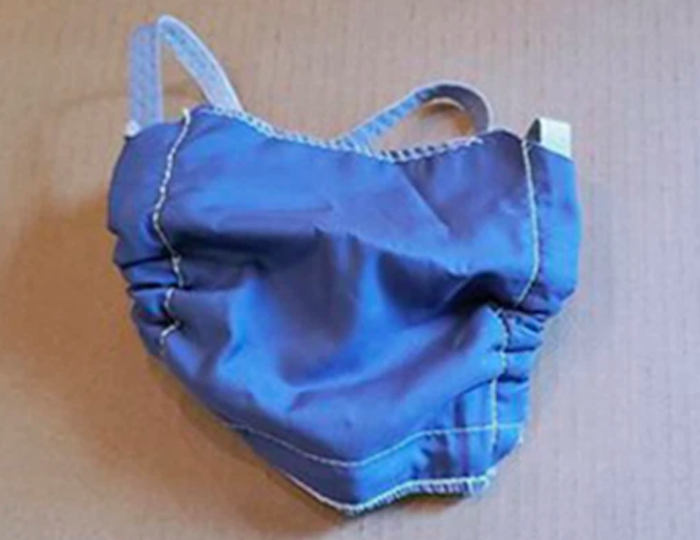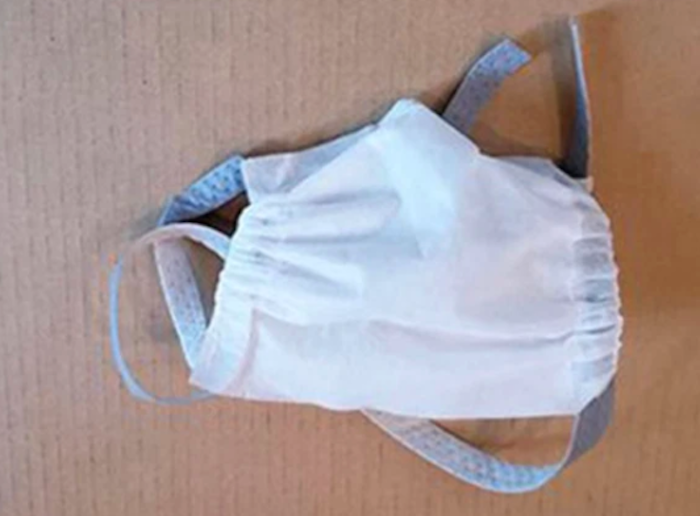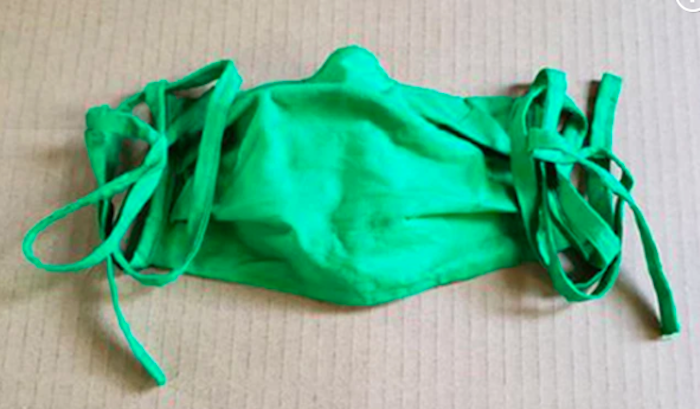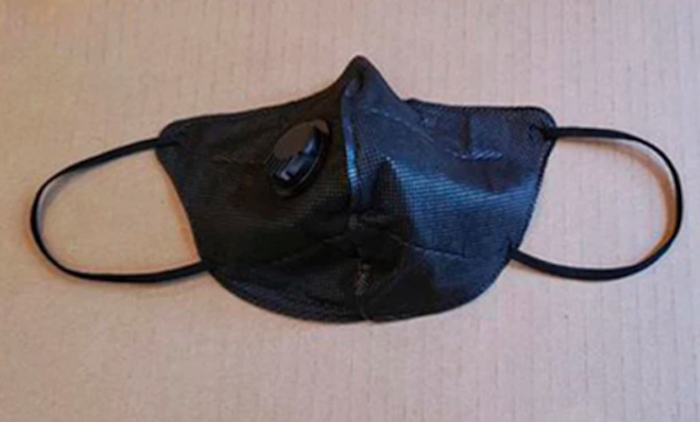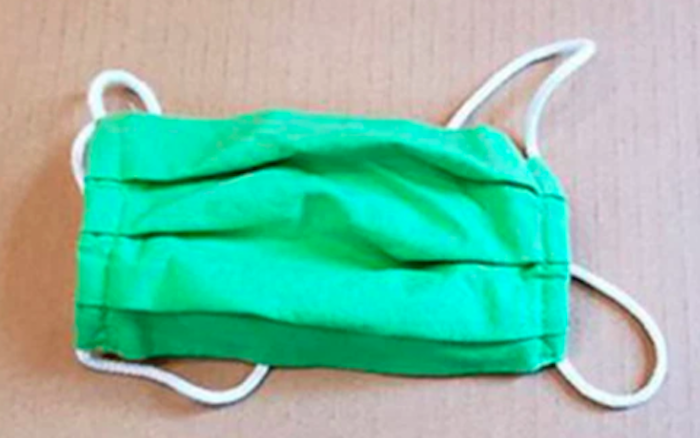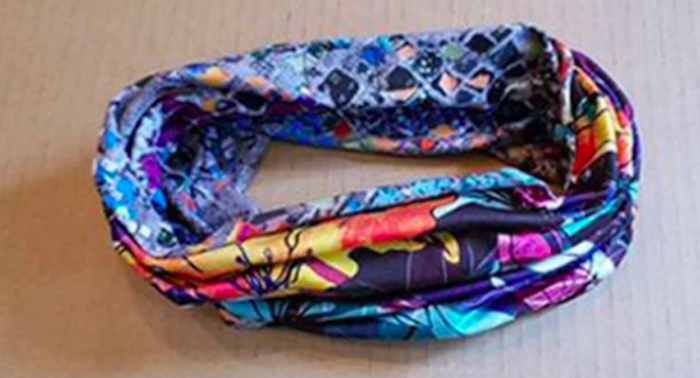It’s very frustrating that people are still arguing over wearing masks in public despite overwhelming evidence that they help mitigate the transmission of a deadly virus.
If we could all get on board with this, it would help a lot and it would also free up energy to argue about other things!
Unfortunately, not only are folks refusing to come to a consensus on mask-wearing, they’re also wearing all sorts of things on their faces that aren’t exactly COVID-19 safe and calling them masks. That’s a problem.
Scientists in North Carolina from Duke University did a study on the efficacy of different types of masks and published their findings in Science Advances. Now we can see how we are personally doing on the mask spectrum and make some changes if we need to do so.
You also might learn that you’re going to have to start nagging your friends and family about what kind of mask they’re wearing, a thrilling prospect.
The test was conducted by fitting a laser and a cellphone camera to a black box and having four different testers try out the 14 mask options.
Each tester spoke into the laser beam inside the box while wearing a mask, using the same phrase: “Stay healthy, people.”
The camera recorded a visual of the respiratory droplets produced, and then an algorithm measured how many came through the face coverings.
The best face mask available was the 3M 1860 Surgical Mask and Particulate Respirator, worn by medical professionals on duty:
Next was the disposable surgical mask, which had a range of zero to 0.1 in particles spread:
Then the cloth masks, made from polypropylene between two layers of cotton:
Without cotton, the polypropylene masks were less effective:
Then there was a log jam of just cotton masks, which all perform differently depending on how they’re designed to fit your face, how many layers there are, if you have facial hair, etc.
But they’re worse than those above:
The valved N95 masks did pretty bad, probably because they’re meant to keep harmful chemicals out. They still let you spray your droplets all over the place:
Then there were a series of pleated single-layer cotton masks, knitted material masks, and common designs circulating on the Internet that just basically suck.
If you are making a mask from an online pattern, you might be doing almost nothing, so try for the layered materials and patterns from above:
Bandanas did terribly, which is bad news for all the hipsters who think they’re figured out how to look cool and prevent coronavirus spread. There’s no way to look cool here, please accept that:
The worst mask was the fleece neck gaiter, which I actually haven’t even seen. The fibers apparently break up large droplets into small ones so they can spew out from every direction—a feature that the researchers called “counterproductive,” as in, worse than wearing no mask at all. Fabulous!
You can see more of the experiments in this helpful video:
And please tell people who are wearing terrible masks that it’s time to make a change. They’ll be pissed, but it’s for the best.


